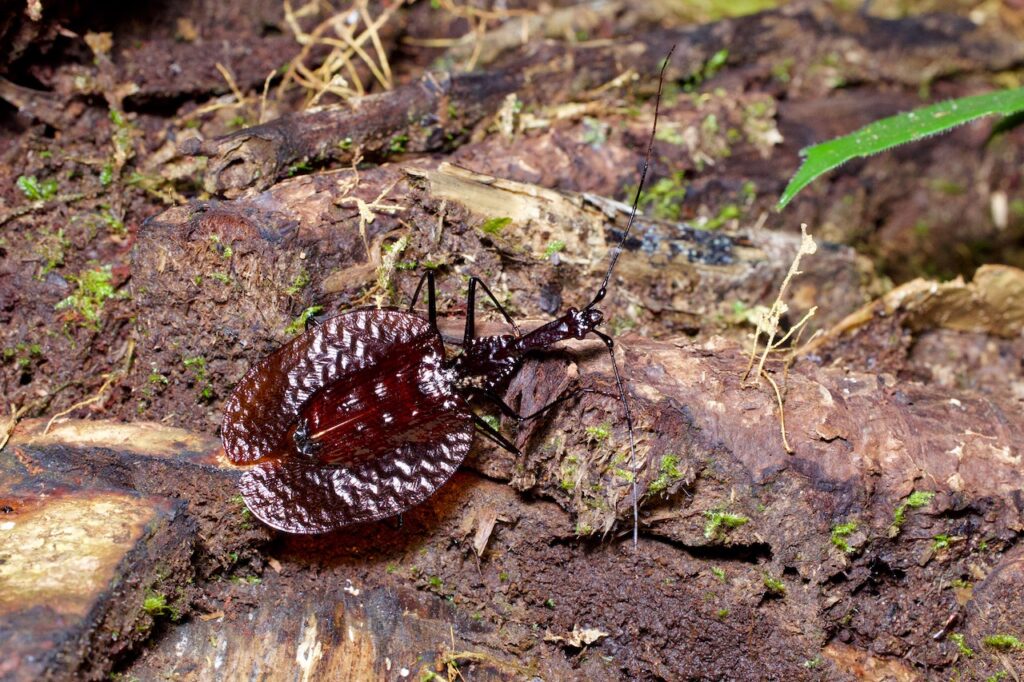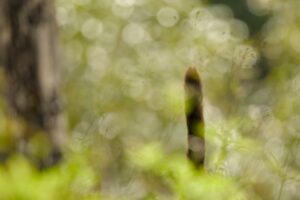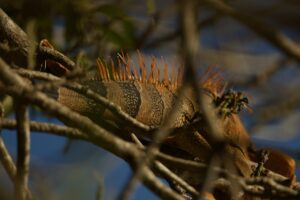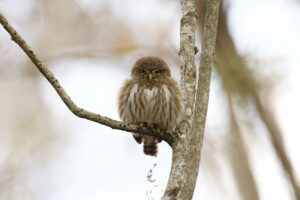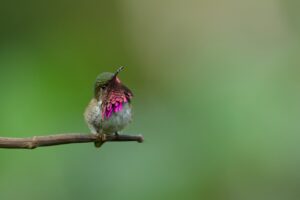While walking through the jungle at night on the island of Borneo, I noticed an unusual insect resting on a tree stump. It had shiny black, violin-shaped wings that immediately caught my eye. This insect was the Violin Beetle (scientific name: Mormolyce phyllodes), a species I had only seen in books as a child. I never imagined that I would one day encounter one in the wild, and the moment is etched vividly in my memory.
What struck me most was the number of mites clinging to its body. Unlike the pristine specimens shown in insect collections, the beetle in the wild was covered in these tiny parasites, giving me a glimpse into its real life in nature, a sight that made my heart race with excitement.
Violin Beetle Behavior and Habits
The Violin Beetle is found across Southeast Asia, especially in places like Indonesia, Malaysia, and Borneo. Growing to between 60 and 100 millimeters in length, its violin-shaped wings serve as a clever form of mimicry to avoid predators. Its flat body allows it to slip into soil cracks, beneath tree bark, and under leaves, making it well-adapted to its environment.
Violin Beetle larvae live inside massive mushrooms, some as wide as 20 to 30 centimeters, where they carve out tunnels and grow into adults. After completing their development, they emerge through tiny holes in the mushroom, small enough to seem impossible. It’s a remarkable testament to the mysteries of nature.
Defense Mechanisms and Adaptability
To protect itself, the Violin Beetle secretes toxic butyric acid, which is an effective defense against predators like birds and bats. Both larvae and adults feed on fungi, including large polypores, and even small insects that gather around the mushrooms.
The adult beetles are most active from August to November, particularly at dusk and during the night. They are capable of flying long distances, but cannot take off from the ground. Instead, they climb tree trunks to launch into the air. This behavior is just one more example of their incredible adaptability.
Violin Beetles in Modern Culture
Due to their distinctive shape and beauty, Violin Beetles are often collected and sold as framed ornaments. They are frequently displayed at insect exhibitions across Southeast Asia, making it easy to observe preserved specimens. However, for me, nothing compares to encountering them in their natural habitat, living freely as part of the jungle ecosystem.
